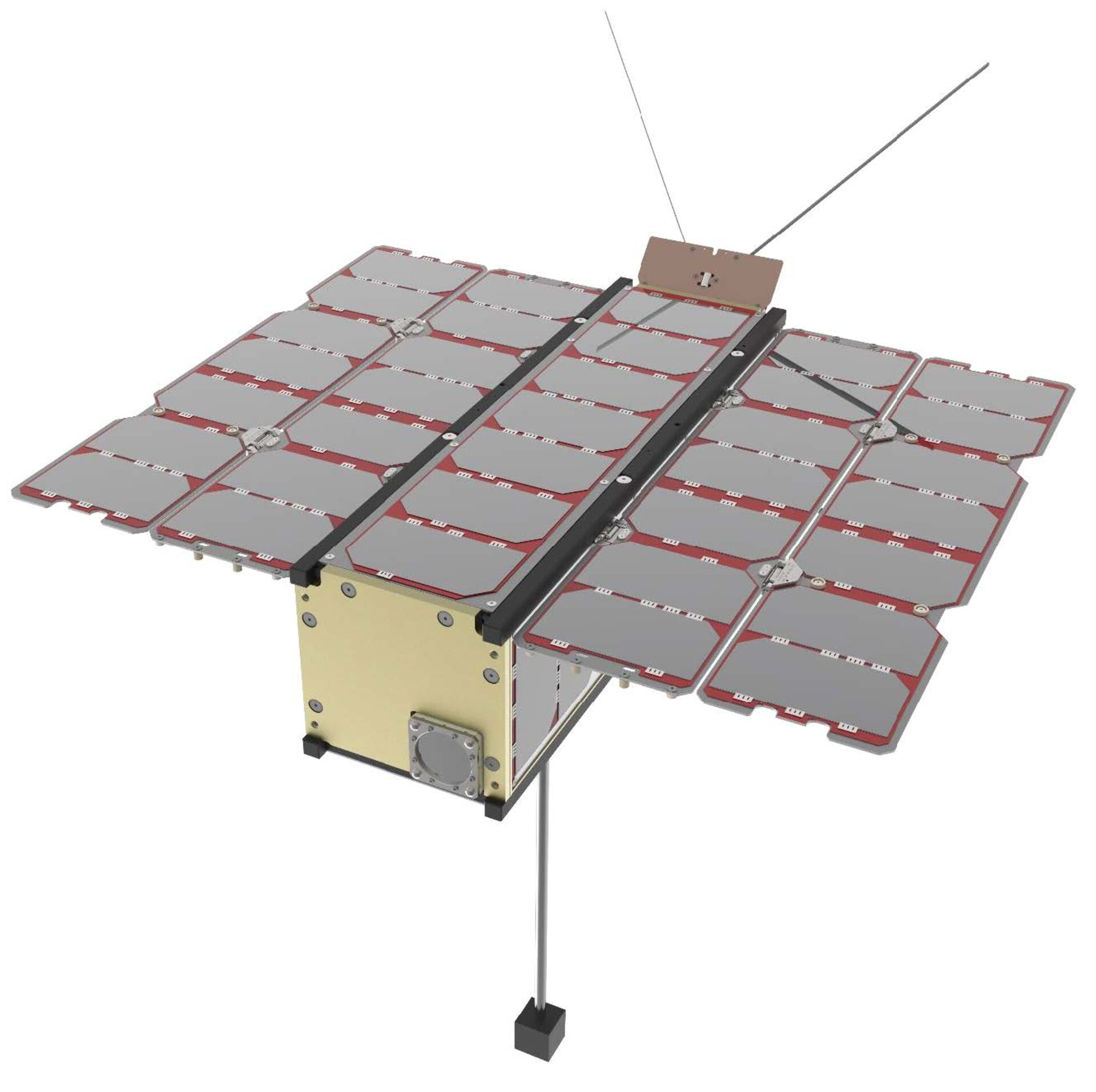Intern develops software for ESA space experiment
A student interning at ESA will soon see her work launched into space. Meadhbh Griffin of University College Dublin has spent the last five months writing and testing software for an experiment set to fly later this year on the Hungarian-led RadCube CubeSat. While its main mission is to probe space weather in Earth orbit, RadCube will also host a miniature experiment to test how commercial computer memories withstand space radiation.
“I’ve been hugely lucky to get a chance to work on something that will actually be going into orbit,” says 23-year-old Meadhbh.
“Working on flight software means you’re thinking about what you’re doing the entire time, because there’s no room for error: as I went I was always asking myself ‘what if something goes wrong here?’.”
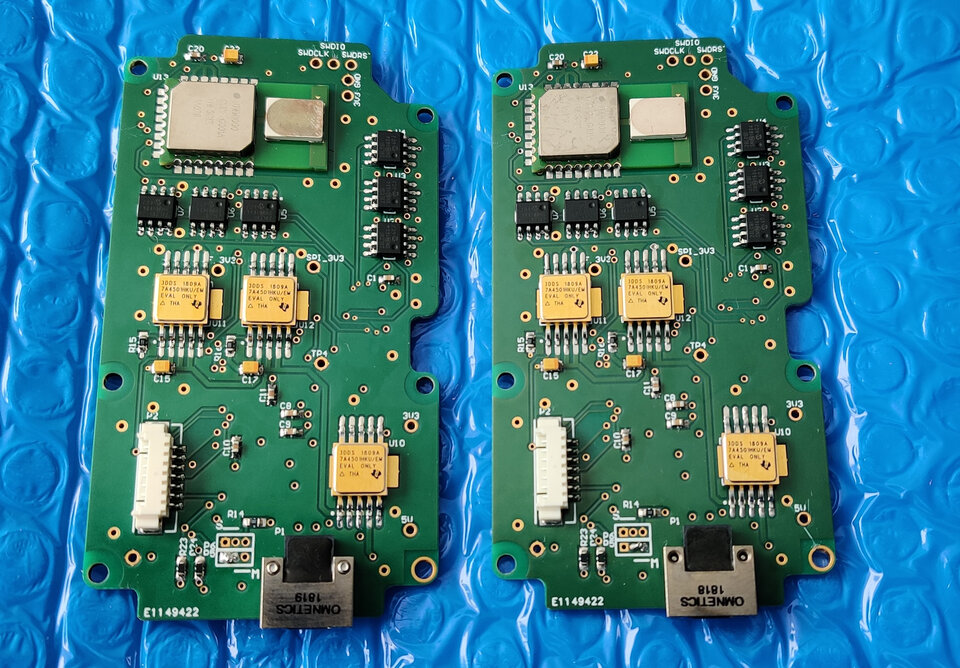
Meadhbh took her undergraduate degree in Computer Engineering at National University of Ireland, Galway then began her Master’s in Space Science and Technology at UCD: “For part of the course we take an internship, and I was encouraged to apply to ESA. I was offered a place in the Agency’s Flight Software Systems section at the ESTEC technical centre in the Netherlands. There were a variety of projects I could have worked on, but it was the one involving space hardware that I jumped at.”
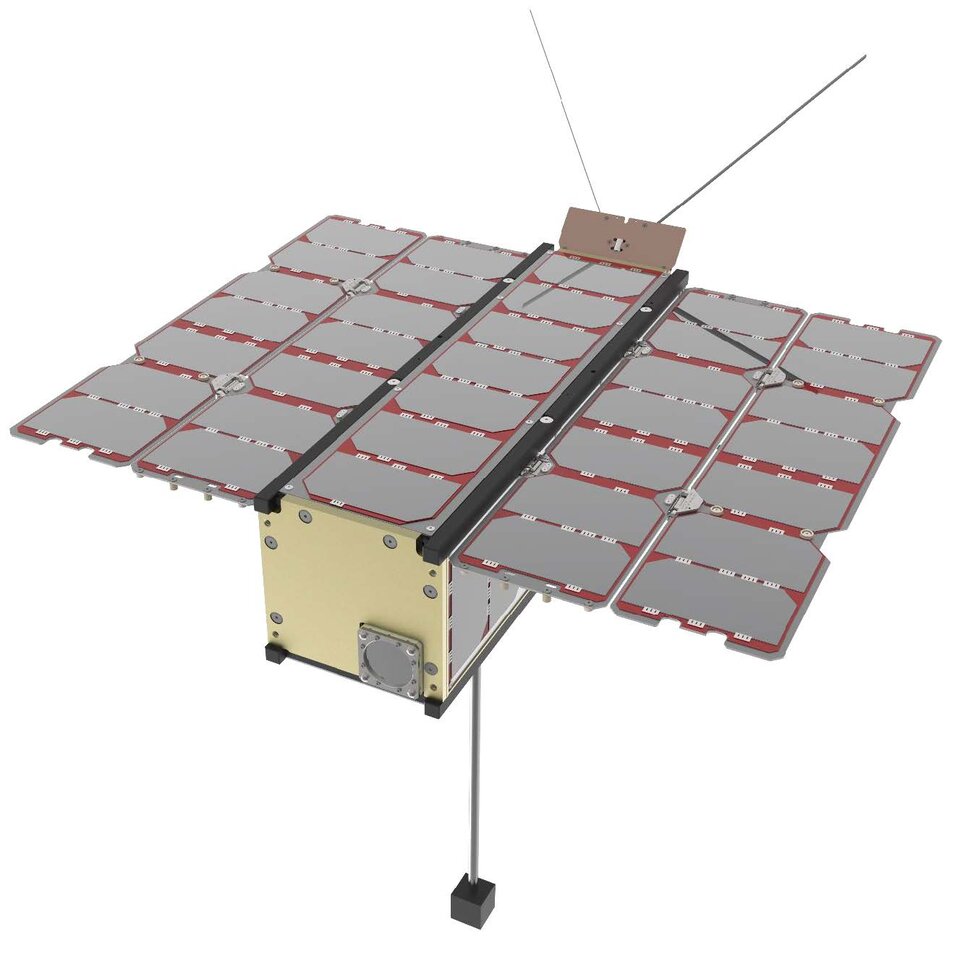
Meadbh’s project involves RadCube, the latest of ESA’s Technology CubeSats, which is due to fly on a Vega launcher this July. RadCube – led for ESA by led by Hungary’s C3S with MTA EK, Imperial College in the UK and Astronika in Poland – will employ miniaturised instruments to measure the space radiation and magnetic field environments in low Earth orbit.
Built up from three standard CubeSat 10-cm boxes, this ‘3-unit’ RadCube is only the size of a shoebox, but enough spare volume was found for an additional ‘guest’ payload, provided by ESA.

“We decided to embark our third CHIMERA experiment, the first of which flew aboard the GomX-4B CubeSat in 2018, and the second aboard the International Space Station the following year,” explains Tomasz Szewczyk, ESA On-Board Computers & Data Handling Engineer.
“With interest strong in making space missions cheaper, following eased use of ‘commercial off the shelf’ parts, we want to see how well ordinary computer memories stand up to space conditions.”
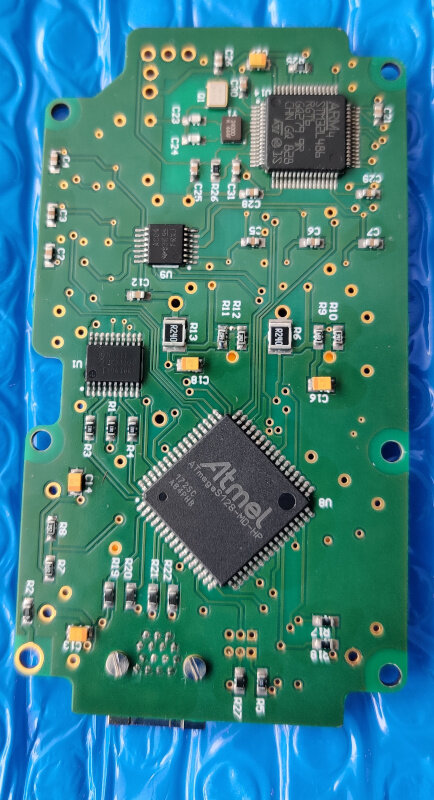
The result is a pair of electronics boards, compact enough to fit into the available 80 cubic cm of space with 12 samples of SRAM memories.
Space radiation is known to scramble computer brains, building up into the equivalent of dementia. Incoming charged particles can ‘flip’ memory bits, known as single event upsets, or even trigger a small scale version of a short circuit, called a ‘latch up’.
“With CHIMERA we start by painting the memories with a specific pattern, then the software periodically reads them, looking for changes or the increased current characteristic of latch ups,” adds Meadbh.
“Detected radiation effects are then reported to the RadMag, RadCube’s main mission payload, for downlink to Earth. The software needs to make this happens reliably and fast, on minimal power, around 100 milliwatts, with control software squeezed to fit into CHIMERA’s two 8-bit microcontrollers.”
Adding to the challenge, the COVID-19 pandemic meant Meadbh had to do much of her software writing and testing remotely, using a laptop with replica boards attached.
“I had previous experience working on one of the payloads of the Irish CubeSat mission EIRSAT-1 at UCD, but was given much greater responsibility with CHIMERA.”
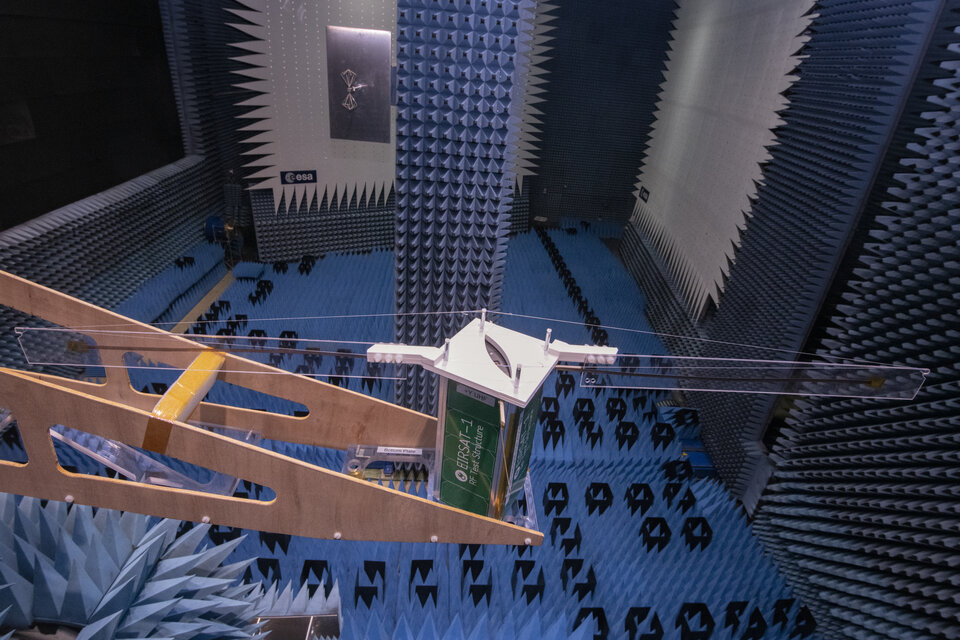
Another experiment was added to this CHIMERA board, explains ESA Software Engineer Piotr Skrzypek, which also needed overseeing: “A pair of Ultra Wide Band wireless modules, contributed by Romanian company CDS, will exchange data packets across a short distance. In the future similar modules might be embedded within satellites to gather environmental data such as internal temperature variations.”
Returning to UCD to complete her MSc, Meadbh, was awarded the Julie McEnery medal – named for a NASA astrophysicist – for coming top of her class. Looking forward, she hopes to return to ESTEC one day: “This has been exactly the kind of project I’d like to work on in my professional career; it’s been a great experience.”


